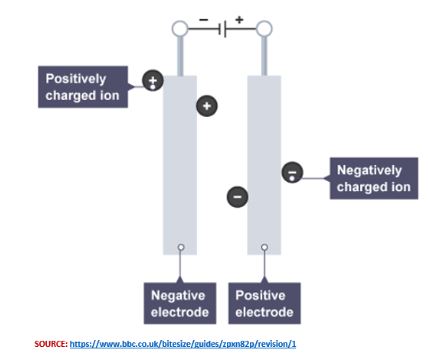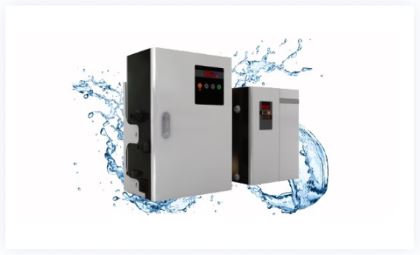With an increased emphasis on cleaning and disinfection, the business case to own a hypochlorous acid machine gets stronger by the day. Many business owners are familiar with Chlorine, as well as Chlorine bleach-based products, including commercially-available calcium hypochlorite (Ca(ClO)2) and sodium hypochlorite (NaOCl) solution. These have traditionally been used as disinfectants and sanitizing agents in a broad spectrum of industries. However, research now confirms that hypochlorous acid (HOCL) is a more effective disinfectant. Making HOCL in-house gives businesses the tools to implement enhanced cleansing protocols.
The Science of Hypochlorous Acid
HOCL is a biocidal, antimicrobial solution that’s produced through a process called electrolysis. At its very root, electrolysis is a process that causes ionic substances to breakdown (decompose) into more basic (simpler) substances when they interact with electricity. With that knowledge in hand, understanding how to make hypochlorous acid is easy.

An electrolyte is a compound or substance that conducts electricity. For electrolysis to work, the compounds used must include ions, and those ions must have the ability to move freely. All the ingredients you need to make HOCL, however, are commonly available anywhere. It takes:
– Salt
– Water
– And Electricity
…and once the process is complete, you end up with a powerful biocide that’s many magnitudes more powerful than chlorine bleach-based disinfectants.

It is more effective at inactivating pathogens, like fungi, bacteria, spores, and viruses, than most commercially available, off-the-shelf chlorine-based disinfectants. The reason that most businesses prefer HOCL to chlorine-based disinfectants today, is that HOCL is:
– Eco-friendly
– Powerful
– Safe for a broader spectrum of applications (compared to bleach or chlorine)
– Human, pet and food-friendly in the right concentrations
A simple science that produces a highly complex viricidal solution.
How to Make Hypochlorous Acid…the easy way!
While the ingredients to make HOCL are freely available, and the recipe too is simple, there’s a balancing act to producing a highly effective disinfectant. Simply mixing salt and water, and passing an electrical current through the resultant solution, just won’t cut it. The virucidal ability of HOCL, against common pathogens, viruses, and germs, depends on the concentration (measured in particles per million or ppm) of pH – and that concentration can’t precisely and consistently be calibrated in a residential or commercial kitchen.
And that’s where an in-house hypochlorous acid machine can pay huge dividends to commercial establishments. Using advanced engineering, and precision-oriented technology, these machines allow users to calibrate the pH levels to make HOCL more adept at killing bacteria.

Depending on your needs, the settings on the HOCL making machine allows you to produce solutions of various pH concentrations – from 10 to 400 ppm. This feature is important because higher pH levels may not necessarily be needed for every application. For instance, the food industry may typically require pH levels between 50 and 200 ppm. Learning how to make hypochlorous acid precisely at those specific concentrations is a challenging task. Having an in-house machine that does that, at a flick of a switch, effectively deals with that challenge.
